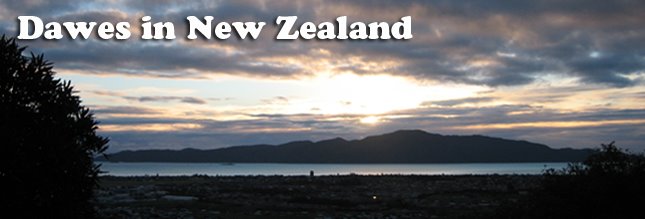 Matariki is the Maori name for the group of stars also known as the Pleiades star cluster or The Seven Sisters; and what is referred to as the traditional Maori New Year. The Maori new year is marked by the rise of Matariki and the sighting of the next new moon. The pre-dawn rise of Matariki can be seen in the last few days of May every year and the new year is marked at the sighting of the next new moon which occurs during June.
Matariki is the Maori name for the group of stars also known as the Pleiades star cluster or The Seven Sisters; and what is referred to as the traditional Maori New Year. The Maori new year is marked by the rise of Matariki and the sighting of the next new moon. The pre-dawn rise of Matariki can be seen in the last few days of May every year and the new year is marked at the sighting of the next new moon which occurs during June.
Matariki has two meanings, both referring to a tiny constellation of stars; Mata Riki (Tiny Eyes) and Mata Ariki (Eyes of God). Traditionally, depending on the visibility of Matariki, the coming season's crop was thought to be determined. The brighter the stars indicated the warmer the season would be and thus a more productive crop. It was also seen as an important time for family to gather and reflect on the past and the future.
Today Matariki means celebrating the unique place in which we live and giving respect to the land we live on.
And despite the rainy weather today the celebrations continued. We attended Te Papa and watched the Whitireia Dance Group preform an emotional, powerful (and scary at times!) Kapa Haka. 
Here is the well known All Blacks Haka:
And here is the Haka today (please ignore the people walking past!!):
We also watched Waiata-ā-ringa (literally "song of hands or arms") are "action songs", which means that they display the typical Polynesian practice of embellishing and reinforcing the sung poetry with arm and hand actions. They are performed by men and women with women in the front and men in the back. Some use melodies from common English-language songs with new lyrics in Māori, while others are newly-composed, treating a wide variety of topics. They feature the wiri or trembling of the hands to indicate the interface between the mind and the body.
Poi are women's dances involving the swinging of balls, about the size of tennis balls, attached to cords. Poi's origins lie in the precolonial practice of training with poi to improve agility in battle, but today poi is used to showcase the beauty and gracefulness of the women. Performers swing the balls in synchrony in a variety of figures and rhythms while simultaneously singing a song (a waiata poi) accompanied by guitar. They demonstrate great dexterity and coordination, particularly with "long poi", with cords up to a metre long, where four poi at once may be manipulated by each performer.
We had such a good time, there were people actually crying in the audience which was quite an emotional sight. Matariki is a time of new beginnings, a time to pause and reflect on the year that was and the year that will be. So naturally it is a time for people to take a look at their lifestyles, their health and make some changes for the better.
We came home and discussed with Bethany the meaning of Matariki and decided it was only right to paint faces as we had seen today.






















